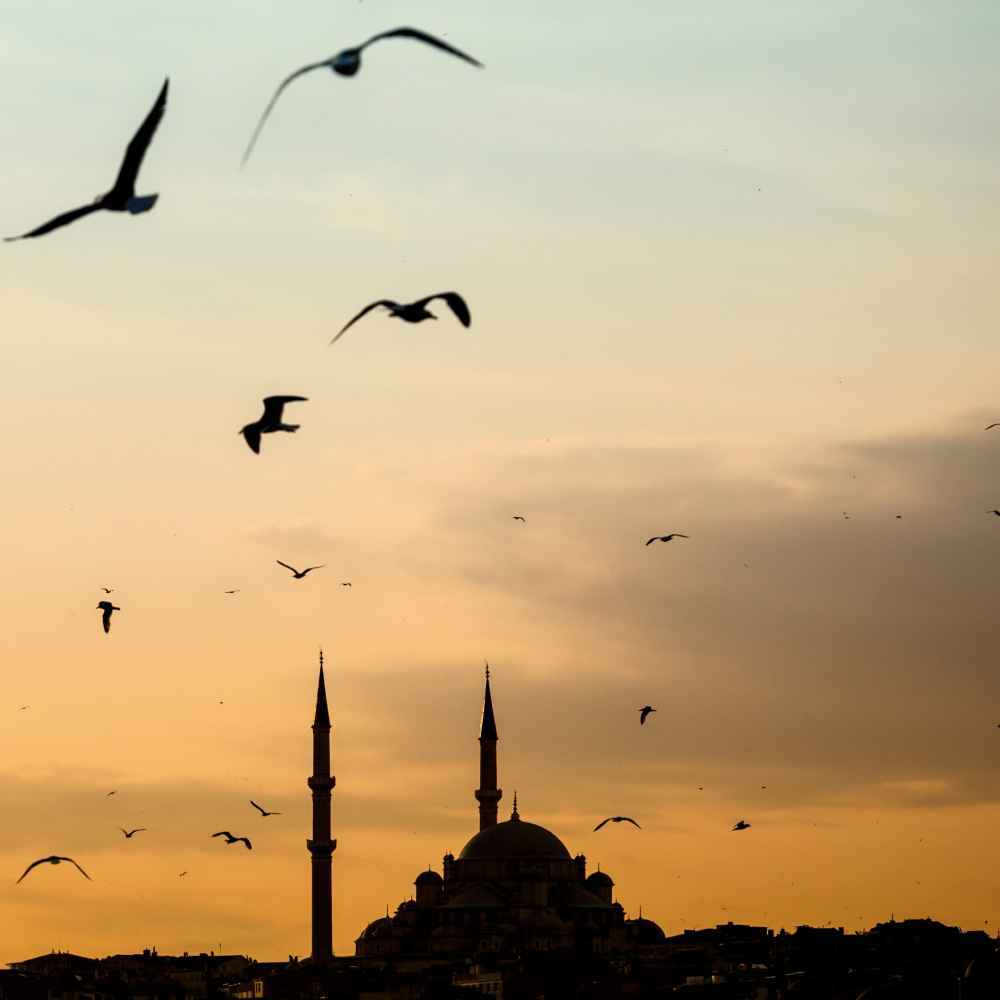Prayer Times in Afghanistan
Vardak
N:34.483334, E:68.583336
Vardak
N:34.35, E:67.666664
Konar
N:34.863056, E:70.87666
Vardak
N:34.65, E:68.11667
Ghazni
N:33.5275, E:67.574165
Kandahar
N:31.961111, E:65.9725
Vardak
N:34.3, E:67.88333
Vardak
N:34.3, E:67.88333
Vardak
N:34.3, E:67.88333
Ghowr
N:33.668888, E:64.450554
Helmand
N:30.556667, E:63.93139
Oruzgan
N:33.603333, E:66.52611
Ghowr
N:33.464443, E:65.056946
Balkh
N:36.475834, E:67.1625
Helmand
N:31.07889, E:64.205
Balkh
N:36.78417, E:66.785
Balkh
N:36.9075, E:66.903336
Balkh
N:36.740276, E:66.818886
Vardak
N:34.4, E:67.86667
Sar-e Pol
N:36.144722, E:66.83444
Farah
N:32.2975, E:62.46417
Kondoz
N:36.555557, E:68.9
Kondoz
N:37.166668, E:69.038055
Kondoz
N:36.555557, E:68.9
(AF15)
N:35.913334, E:71.305275
Helmand
N:32.351112, E:64.50528
(AF15)
N:35.913334, E:71.305275
Kandahar
N:31.528334, E:65.33
Farah
N:32.586113, E:62.192223
Ghowr
N:34.16, E:65.032776
Vardak
N:34.483334, E:68.583336
Vardak
N:34.35, E:67.666664
Farah
N:32.5, E:63.566666
Kapisa
N:34.82139, E:69.80444
Baghlan
N:35.706665, E:69.343056
Farah
N:32.61611, E:62.529446
Oruzgan
N:32.58972, E:65.38695
Oruzgan
N:32.633335, E:65.319725
Parvan
N:35.11611, E:69.23917
Nangarhar
N:34.43028, E:70.452774
Oruzgan
N:33.9025, E:66.365555
Ghowr
N:33.6, E:63.45
Zabol
N:32.783333, E:67.29083
Vardak
N:34.033333, E:68.75
Herat
N:34.834167, E:62.165
Samangan
N:35.563057, E:67.82166
Kandahar
N:31.471666, E:65.23556
Baghlan
N:36.01361, E:69.60667
Helmand
N:32.09833, E:64.82667
Bamian
N:35.365833, E:67.797775
Baghlan
N:35.481388, E:68.879166
Bamian
N:35.264446, E:67.99306
Baghlan
N:35.481388, E:68.879166
Faryab
N:35.73611, E:65.2475
Sar-e Pol
N:36.039165, E:66.33278
Bamian
N:35.327778, E:67.68472
Baghlan
N:36.00778, E:69.13528
Parvan
N:34.95, E:68.63333
Parvan
N:34.766666, E:68.666664
Badakhshan
N:37.271946, E:70.56
News from IslamicFinder
Sunrise
Shurooq is the time of sunrise, the time when the upper limb of the sun just starts to appear above the horizon. This marks the end time for Fajr (morning) prayer.
Qiyam
The term Qiyam-ul-layl, in the most literal sense, means to stand during the night. It is a voluntary prayer which is offered between the time of Ishaa prayer and the Fajr prayer (before dawn). But the most preferred time is before sunrise, in the last third of the night.For more information, read our article on qiyam.
The difference between Standard and Hanafi (Juristic Methods)
The only difference is in the Asr prayer. In the standard method (which is used by Imamas Shafii, Hanbali, and Maliki) the Asr prayer time starts when the shadow of an object is equivalent to its height, whereas in the Hanafi method the Asr prayer time starts when the shadow of an object is twice its height.
Daylight Saving Time
Daylight Saving Time (DST) is the practice of setting the clocks forward one hour from standard time during the summer months, and back again in the fall, in order to make better use of natural strong daylight. IslamicFinder Website is adjusting daylight savings automatically according to your location.
Latitude and Longitude
To calculate the prayer times for a given location, we need to know the latitude and the longitude of your current city or town, along with the local timezone for that location. IslamicFinder is detecting longitude, latitude and timezone of your current city or town automatically. If you face any difference in prayer timings according to your current location then please confirm these latitude and longitude first. You can also use our 'Change Settings' option to change latitude, longitude and timezone of your current location. You can find this option of 'Change Settings' from Top Search bar setting link on right side or from today prayer times card.
Contact Us











